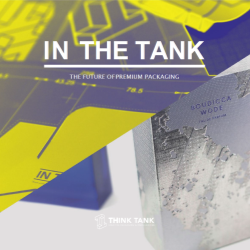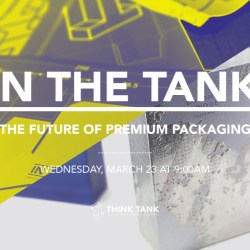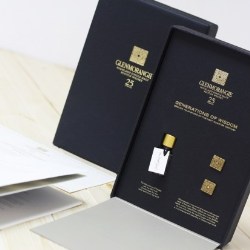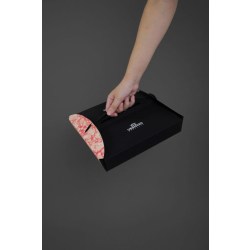Public
Think Tank Media Gallery
Think Tank Media Locations
Think Tank Media News
Think Tank Media Videos
What We Do
If this is your company, CONTACT US to activate Packbase™ software to build your portal.


Engraving can be defined as the practice of incising/ scoring a design onto a hard flat surface by cutting grooves into it. It is commonly used on metal and glass surfaces.
Engraving requires a tool to mark or carve the surface. Engraving tools can range from non mechanised, hand push tools, partially mechanised, rotary hand drill, sand engraver, copper wheel, push graver and fully mechanised: computer rotary engraver.
There are 3 types of engraving methods that are used – laser, hand and diamond engraving, let's see some examples with beautiful products manufactured by Think Tank!
Laser Engraving
The most common method of engraving today is laser engraving, which can be done on most metals, steel, aluminium, titanium, copper, brass, plastic, wood, glass and leather. As the title suggests, this method uses a laser to brand a product which is controlled by a computer programme. The laser burns into the surface of the products providing a durable and high precision, permanent branding.
The benefits of laser engraving are:
• As operated by a computer, this method is faster than many conventional methods of product imprinting
• As the laser is operated by a computer, there is less opportunity for product damage
• There are no consumables and no problems disposing of toxic by-products as some other methods
• Laser engraving produces a mark that is crisp, clean and permanent, providing greater versatility in material choices
Hand Engraving
A traditional method of engraving where sharp tools are used to cut grooves into the product. This is most suitable for individual names on pens, such as trophies and small name plaques. For example, this method would be used during the Wimbledon Tennis Championships when a quick turnaround is needed to engrave the trophies for presentation immediately after the game is finished.
Diamond Engraving
Diamond engraving is a method where machines are used to cut grooves in metal. The machines allow for 100% replication on a number of products.
Items that are engraved include: metal pens, metal keyrings, metal desk items and USBs with metal casing.
Engraving can be charged on a per position, per product basis and also in relation to the size of the branded area.
Setup costs to engrave can be slightly higher than printing setup costs because of the time it takes to set up the computer programme and the strength of the laser to achieve the right finish for the end user.
The General Benefits of Most Types of Engraving:
• Suitable for low unit runs
• Speed - since the computer is setup, the actual time taken to engrave the product is very quick
• No drying or curing time is required
• Laser work provides a clear, crisp and very detailed reproduction of a logo or design
• Permanent branding
Some Drawbacks of Engraving:
• Not always suitable for plastic items, fabrics and ceramic products
• Generally more costly than printing
• Can be tricky to engrave larger items as items may not fit into the machines
• Hand engraving can be time consuming and is only suitable for 1 offs or a very low order quantity


























